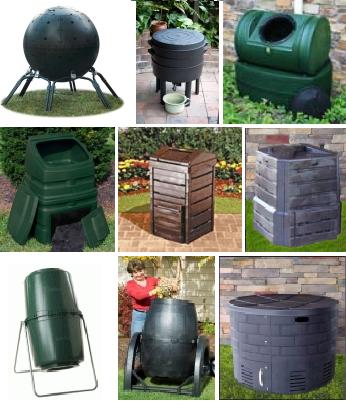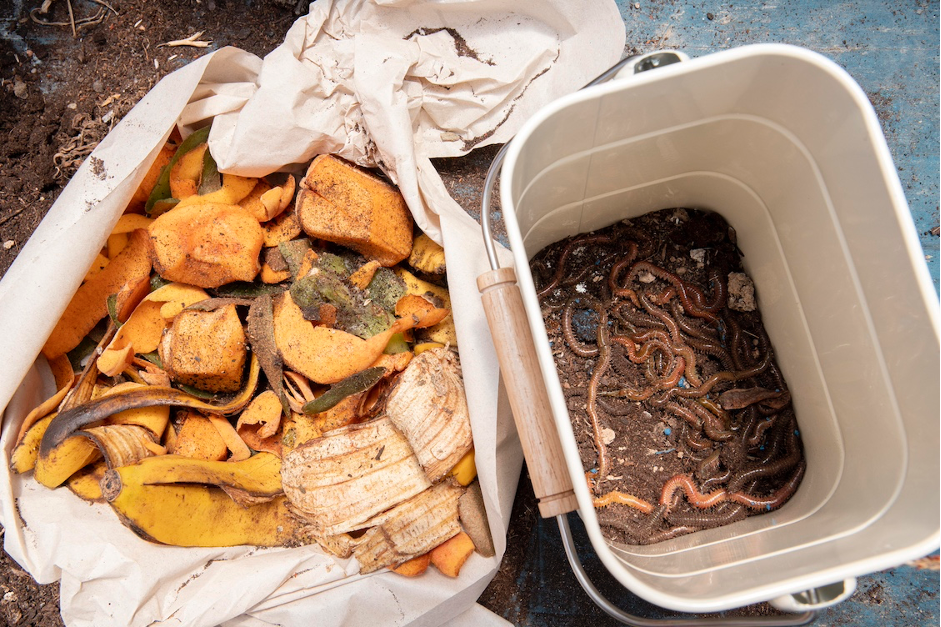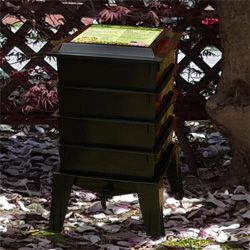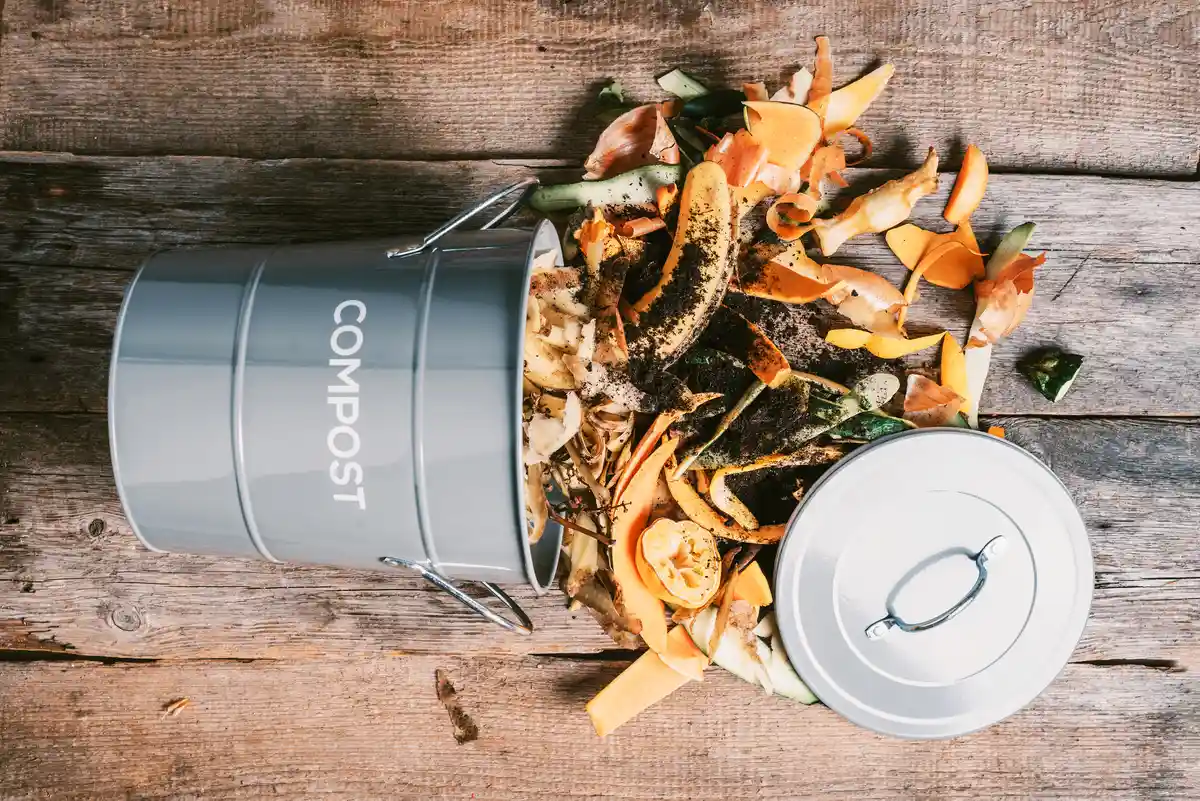 There are many types of composting bins; and it all has different uses for it. But other than that, the perfect interior setting for a composter should be something that can house both moist surroundings and a warm temperature. In this way, the contents in the bin will be able to decompose right away; and then produce finished composted after some time.
There are many types of composting bins; and it all has different uses for it. But other than that, the perfect interior setting for a composter should be something that can house both moist surroundings and a warm temperature. In this way, the contents in the bin will be able to decompose right away; and then produce finished composted after some time.
Compost Bin Materials
There are a variety of raw materials used for making compost bins. And some of these are created in materials that are either plastic, stainless-steel, mesh wires, wood, block, brick or stones. Kitchen scraps and garden wastes on the other hand, can be composted using compost bins that vary in all shapes and sizes. You can readily purchase a bin that’s already made, or choose to make one on your own.
Compost Bin Types
There are composting bins that are used as holding units, or as tumbling composters. Tumblers such as a homemade compost tumbler, or tumblers in general, are said to produce finished compost faster than bins (given that the compost contents are well maintained on a regular basis). But in any case, both tools have proven themselves well when it comes to recycling decomposing organic materials. Now to get on to more interesting things, let’s discuss briefly the different kinds of composting bins.
Bin Type 1: Plastic Stationary– You can use this to do some regular composting. It also has air vents or holes on selected parts of the bin (typically seen on the base and sides), to make way for proper ventilation to occur. Some are also built with doors, slides or traps, so that the compost materials can be easily accessed by hand; and can also be manually quickly mixed or turned.
Bin Type 2: Tumbling or Rotating – If you want to produce compost in as fast as 5 weeks, then you may want to try using these compost bins. Both bins are turned and mixed using handles attached on it. So instead of manually mixing and turning the compost contents by hand, you can just easily rotate it, or give it a roll on the ground (both are typically attached on a stand). One disadvantage to these bins though is that you should wait for the first batch of compost to complete, before filling it again with a new batch.
Bin Type 3: Wire/Mesh Made – This would be one of the simplest forms to compost bins. But then again, the usual composting process (add in your organic scraps, mix these by hand, and then add water) still works in this kind of set-up.
Bin Type 4: Bin made out of Block, Brick or Stone – You can simply make a compost bin out of these materials. Use these materials into making a protective wall around your compost heap. There should be spaces left in-between the block/brick/stone to allow air to flow in and out of it.
Bin Type 5: Wood Composter (also known as the open ‘air’ pens for compost) – You can simply make a compost bin out of old pallets, to make out a well ventilated box. You can also put in organic materials inside, for which you can turn the compost contents by hand as well.
How to make good use of your Compost Bin
Instead of making a compost heap in your backyard, you can simply use outdoor composters for where to throw in your organic wastes; or indoor composters for household use. These types of composting bins, that are specifically created for keeping in compost and other organics, saves you space; and is very neat and unobtrusive.
Uncle Jim’s recommends the Outdoor Composting Bins
Need a container for which to throw in all your kitchen scraps and garden wastes? Well, our Outdoor Composting Bins can solve your problems! Let our handy compost bins help you make good use of your organic wastes. Make some valuable compost now; and reap the benefits of what our bins can do for your plants, soil, and even for the environment!
To know more about the product, check the Outdoor Composting Bins here.









One thought on “Types of Composting Bins”